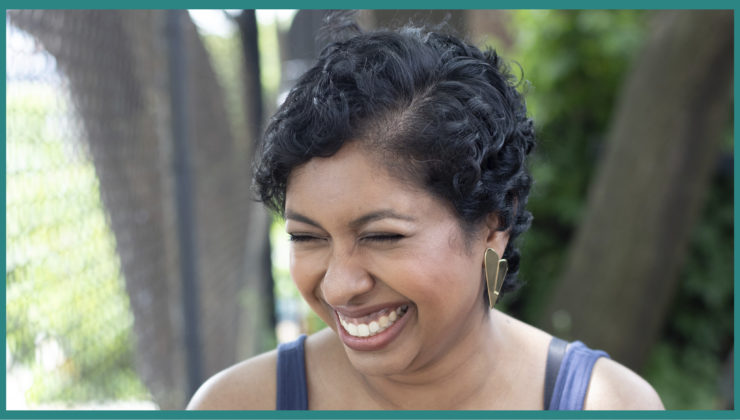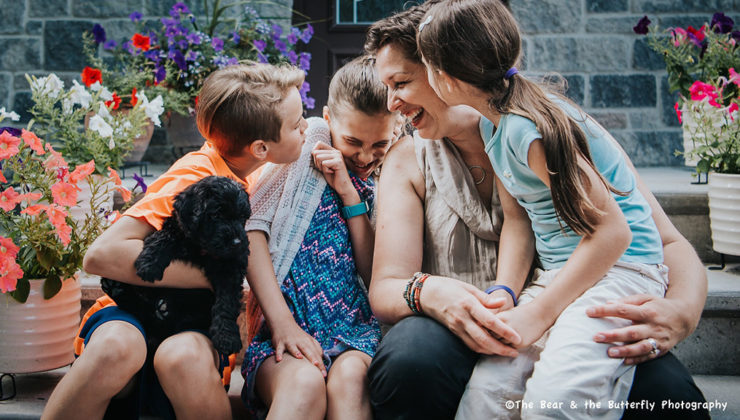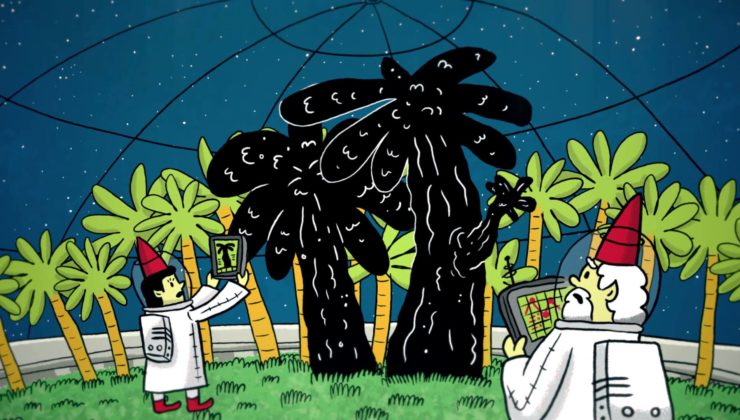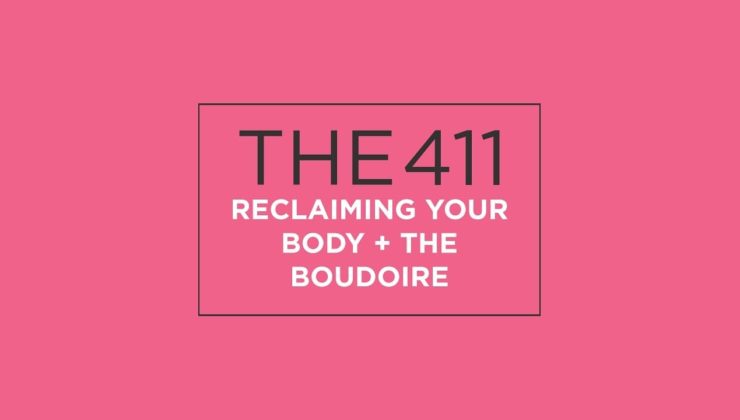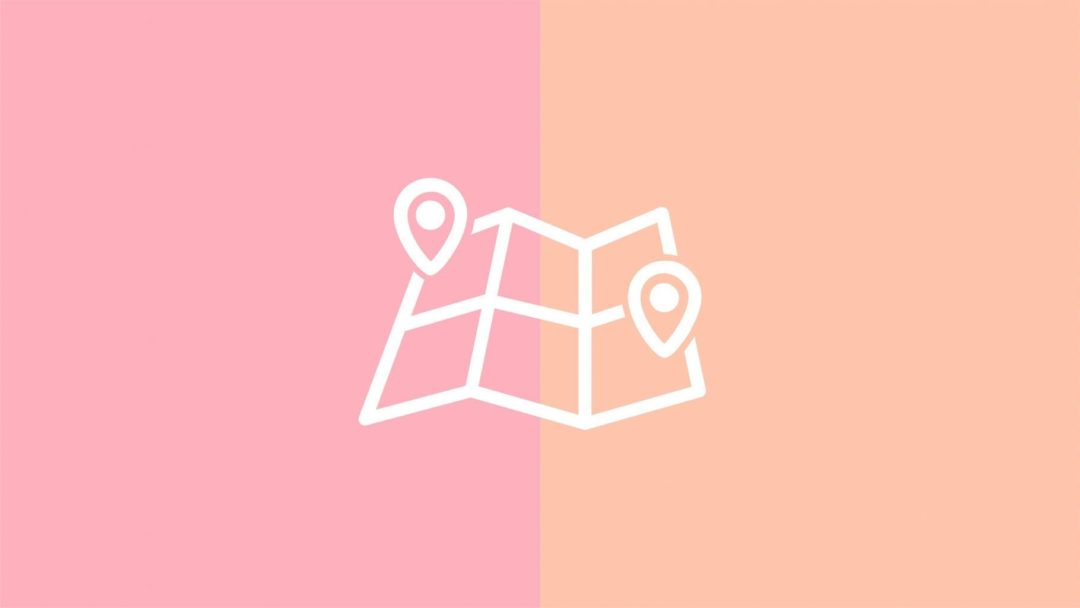
International Adoption After Breast Cancer
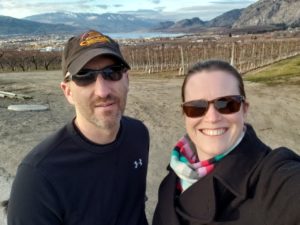
In the Spring of 2013, I was feeling on top of the world. I was finally pregnant with my first child after my husband and I had been trying for over a year. Then, everything came crashing down. Within a couple of weeks, I found a lump, lost the fetus and was diagnosed with breast cancer. Against my doctor’s wishes, I refused to start any treatment or have any surgery until after we had embryos frozen. It never occurred to him to ask a 32-year-old childless woman if she wanted to try for biological kids one day.
After a process that wasn’t as easy as I expected, we ended up with eight frozen embryos. I started treatment with my mind at ease – we had insurance in case chemo ravaged my body. However, during treatment, we discovered that I’d have to be on Tamoxifen for five to ten years. We didn’t want to wait so long to grow our family. Luckily, a surrogate presented herself and our embryos were thawed to begin the process. Heartbreakingly, every single one of them died.
We were devastated. We didn’t know what we were going to do. Eventually, I started hearing about Rethink’s BabyTime study. My oncologist was not part of the study, but she supported me stopping Tamoxifen for a period of two years to try to get pregnant. After several rounds of fertility procedures, our fertility doctor concluded that it just wasn’t possible. Chemo had done too much damage.
Again, we were devastated. We grieved. And, in our grief, we asked ourselves how badly we wanted children. For me, there was no other answer. I’d wanted someone to call me Mom since I was a teenager. It wasn’t as easy a decision for my husband, but eventually we were on the same page. So, we explored our options. We considered egg donation, surrogacy and adoption. We weighed the pros and cons of each and we decided that adoption was the way we wanted to grow our family. Then, the next question – public, private or international adoption? Again, we weighed the pros and cons of each and ultimately decided on international adoption. We live in Ontario and the Ontario Ministry of Children, Community & Social Services helped answer a lot of questions. The site also offered a very basic process for each public, private and international adoption.
The First Step
Find an Ontario licensed international adoption agency and decide which country. The Ontario Ministry has a posted list of licensed agencies on their website. Most of the agencies have a website that list what programs (ie. countries) they are accepting applications for and the specific country’s criteria. We went through all the programs and immediately we were disqualified for many programs. Some countries won’t allow you to adopt if you’ve had a history of cancer. We narrowed down our choices and eventually decided on Guyana for several reasons. Two of which are that English is one of their major languages and they allow adoption of sibling groups.
The Next Step
Complete PRIDE (Parent Resources for Information, Development and Education) and a home-study. Both are meant to help prepare you for adopting a child. This step is mandatory, regardless of which type of adoption you’ve chosen to pursue. You’ll need to find an adoption practitioner to do the home-study, during which they’ll assess the family or individual considering adoption. The Ontario Ministry website also has a list of licensed adoption practitioners. We just went through the list to see who was taking on new clients, their fee and how long it would take them to complete the home-study. It typically takes four to six months to complete.
Finally
Once the home-study is complete, you have to submit an application to the Ontario Ministry to be approved to adopt. The adoption agency will provide a list of required documents. Once you complete these documents, the agency will submit the full application to the Ministry. You can submit the dossier to the other country’s agency once that approval letter comes in. The application requirements vary for each country, but the adoption agency will provide you with all the information you need to prepare the documents. Then, it’s just a matter of waiting until the country matches you to a child or children. Once that happens, the next steps will differ per country. For us, Guyana requires a Skype interview and two separate trips there. At this point, we’ve only recently submitted to Guyana’s agency so we don’t know what exactly the next steps will look like.
The Cost
One of the main questions I get asked about is the cost of the process. It’s important that we don’t publicly put a dollar amount on the process in case our future child(ren) ever read this. Having said that, there are many fees that add up – PRIDE course, home-study fee, digital fingerprint check, etc. Plus, there’s the agency fee, which will be the largest expense and varies from country to country. The agency should be willing to send you a document listing the fee schedule with amounts due at each milestone before you sign any agreement with them. The other cost to consider is how many trips you’ll need to make to the country and the length of trip required.
For now, we wait
The thing that has made this whole crazy process manageable is the support of our families and friends. Right from the get-go, everyone has been super positive and supportive about the way we’ve decided to grow our family. So, for now, we wait. We’ve submitted the dossier to Guyana and it’s in their hands. We can’t do anything more at this point. This is the hardest part – waiting to be approved and matched. We could be waiting six months or it could be two years – we just don’t know. But, what we do know is that it’ll all be worth it in the end.
By: Joy Williams
To read more stories about fertility after cancer, click here.

